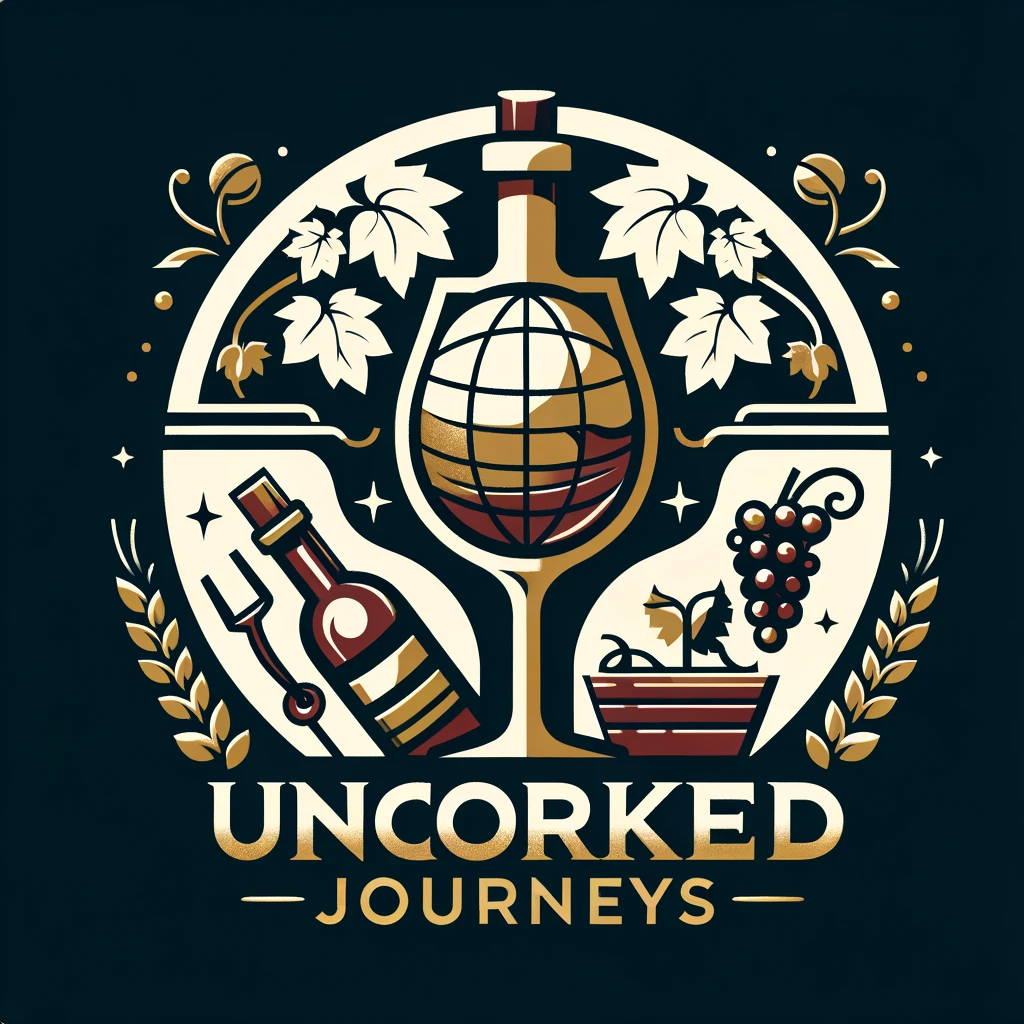The Rise of Low-Intervention Wines: A Sustainable Sip
In recent years, a significant shift has occurred in the wine industry, with both producers and consumers gravitating towards low-intervention wines. This movement emphasizes minimal manipulation in the winemaking process, allowing the natural characteristics of the grapes and their terroir to shine through. As environmental concerns and a desire for authenticity grow, low-intervention wines offer a sustainable and genuine alternative to conventional winemaking.
Understanding Low-Intervention Winemaking
Low-intervention winemaking, often synonymous with terms like "natural," "minimal-intervention," or "raw" wine, focuses on producing wine with minimal additives and technological processes. The primary goal is to let the wine express its origin without the influence of synthetic chemicals or extensive technological interventions.
Key practices in low-intervention winemaking include:
- Organic or Biodynamic Farming: Grapes are cultivated without synthetic fertilizers, pesticides, or herbicides, promoting biodiversity and soil health.
- Native Yeast Fermentation: Utilizing wild yeasts naturally present on grape skins and in the winery environment, rather than commercial yeast strains.
- Minimal Additives: Limiting or eliminating the use of additives such as sulfur dioxide (SO₂), which is commonly used in conventional winemaking for preservation.
- Unfiltered and Unfined Wines: Avoiding filtration and fining processes to maintain the wine's natural texture and flavor, even if it results in a hazy appearance.
The Appeal of Low-Intervention Wines
The growing interest in low-intervention wines can be attributed to several factors:
- Authenticity: Consumers seek wines that reflect their true origin, offering a unique taste of the vineyard's environment.
- Health Considerations: With fewer additives and chemicals, these wines appeal to those concerned about what they consume.
- Environmental Sustainability: Eco-conscious individuals appreciate the sustainable farming practices associated with low-intervention winemaking.
- Artisanal Craftsmanship: The hands-on, traditional methods resonate with those who value craftsmanship and heritage.
Challenges and Criticisms
Despite their appeal, low-intervention wines face certain challenges:
- Lack of Standardization: Unlike organic or biodynamic certifications, "natural wine" lacks a universally defined standard, leading to variability in practices and quality.
- Stability Issues: Minimal use of preservatives can result in wines that are more susceptible to spoilage or developing off-flavors.
- Market Misunderstanding: The absence of clear definitions can confuse consumers, making it challenging to identify genuine low-intervention wines.
Global Adoption and Notable Producers
The low-intervention movement has gained traction worldwide, with several regions and producers leading the charge:
- France: The Loire Valley and Beaujolais regions are renowned for pioneering natural winemaking practices.
- Italy: Areas like Sicily and Tuscany have embraced minimal-intervention methods, producing distinctive wines.
- United States: California and Oregon host a growing number of wineries dedicated to sustainable and low-intervention practices.
Notable producers include:
- Marcel Lapierre (Beaujolais, France): A pioneer in the natural wine movement, emphasizing organic farming and minimal sulfur use.
- Frank Cornelissen (Sicily, Italy): Known for his volcanic wines from Mount Etna, produced with minimal intervention.
- Donkey & Goat (California, USA): A Berkeley-based winery focusing on natural winemaking techniques.
Consumer Considerations
For those interested in exploring low-intervention wines, consider the following:
- Research Producers: Look for wineries known for their commitment to natural practices.
- Understand Labels: Terms like "natural," "organic," and "biodynamic" have different meanings; familiarize yourself with them to make informed choices.
- Expect Variability: These wines can vary significantly between vintages and even bottles, offering a unique tasting experience.
The Future of Low-Intervention Wines
As environmental awareness and a desire for authenticity continue to rise, the low-intervention wine movement is poised for growth. While challenges remain, the commitment to sustainable practices and genuine expression of terroir ensures that these wines will remain a significant and evolving part of the global wine landscape.
